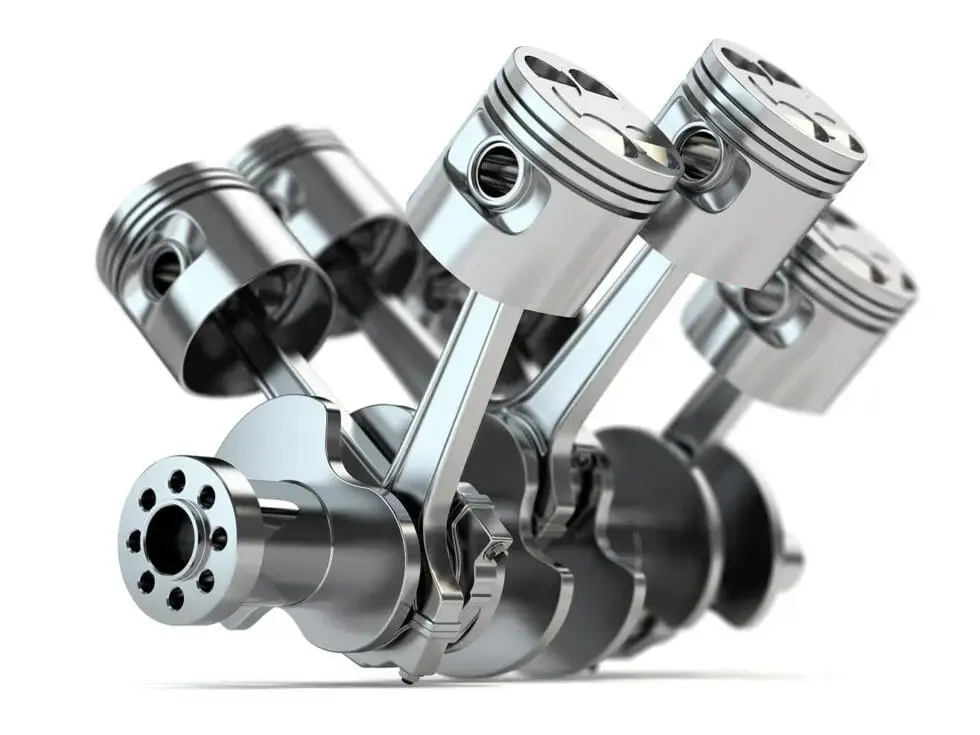Measuring crankcase pressure provides crucial insights into the engine condition – whether for early detection of wear or the development of efficient PCV systems to meet emission limits.
Just as a doctor measures blood pressure to assess a person's health, development engineers use crankcase pressure measurement to analyze an engine's condition on the test bench. An increase in pressure may indicate wear – at the same time, this measurement is central to the development of crankcase ventilation systems (PCV) that need to comply with legal emission standards.
Why measure crankcase pressure?
The measurement of crankcase pressure is not a direct assessment of blow-by gas quantity but an indirect, yet effective method to evaluate the sealing of the piston group (pistons, rings, cylinders). The sensor must detect minute pressure changes – often in oil-laden, hot environments.
On test benches, sensors are used that:
- measure low pressure ranges with high resolution
- exhibit high temperature stability
- are resistant to aggressive media like engine oil
A typical installation location is the oil pan or the filler neck – where the sensor measures directly in the hot medium.
Early detection of wear
The piston system is subjected to high thermal and mechanical stresses. With increasing wear, the pressure in the crankcase rises – a typical sign of blow-by gases passing past the piston rings.
In diesel engines, increased crankcase pressure can be problematic because it hinders oil return from the turbocharger. The consequence: bearing damage due to lack of lubrication. Therefore, continuous pressure monitoring in the crankcase is an important component of condition monitoring – especially during long-term tests.
PCV system: development based on sensors
As early as the 1960s, General Motors recognized the connection between crankcase gases and hydrocarbon emissions. The result was the first PCV valve – a pressure control valve to vent blow-by gases.
For the development of an efficient PCV system, precise pressure measurement is the first step. The ideal pressure is slightly above ambient pressure – enough to direct moisture and particles out of the housing, but not so high that oil leaks through seals.
The development of the PCV involves determining the following parameters with a high-precision sensor:
- required flow cross-section in the valve
- permissible operating pressure for safe oil return in turbocharged engines
Subsequently, the valve prototype is tested on a test bench with pressure sensors – to validate function, durability, and emission behavior. Since these tests can last weeks, failure-resistant sensors are essential.
STS sensors for critical test benches
For these demanding tasks, especially the ATM.1ST from STS is suitable. It offers:
- high accuracy and repeatability in the mbar range
- excellent temperature compensation up to over 125 °C
- long lifespan even in direct contact with oil
Therefore, OEMs rely on STS pressure transmitters in their crankcase ventilation development, which have proven their reliability in numerous engine test benches.
Conclusion
Measuring crankcase pressure provides crucial information for engine development, lifespan assessment, and emission reduction. With precise measurement technology – like the ATM.1ST from STS – engineers can accurately monitor and efficiently control the engine's "heartbeat".
